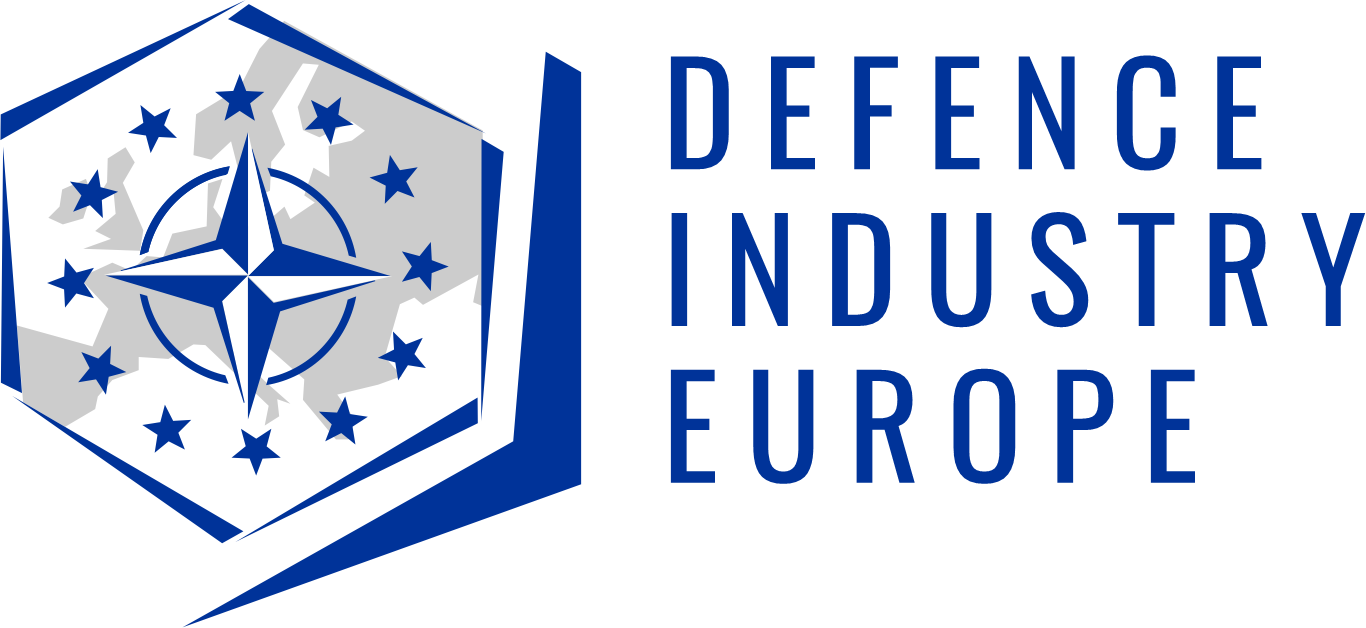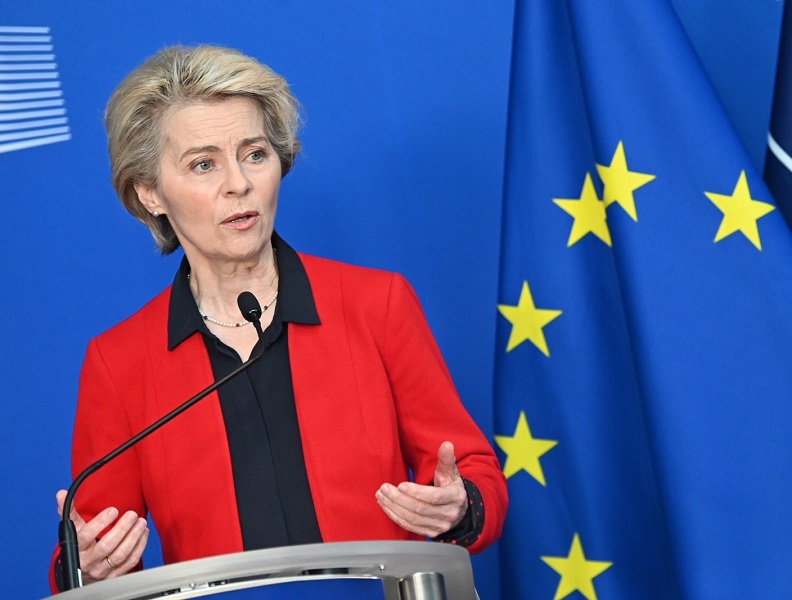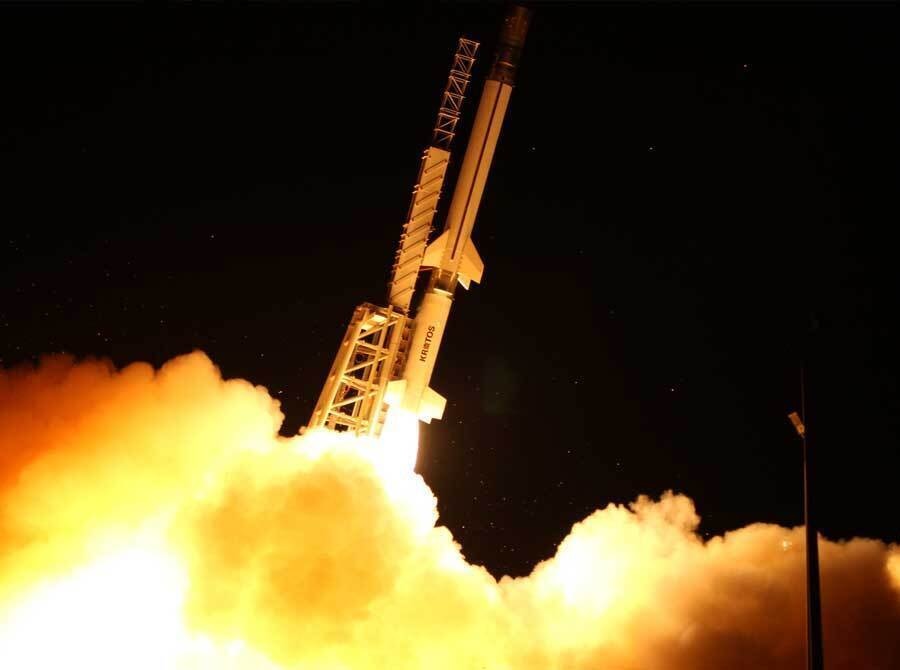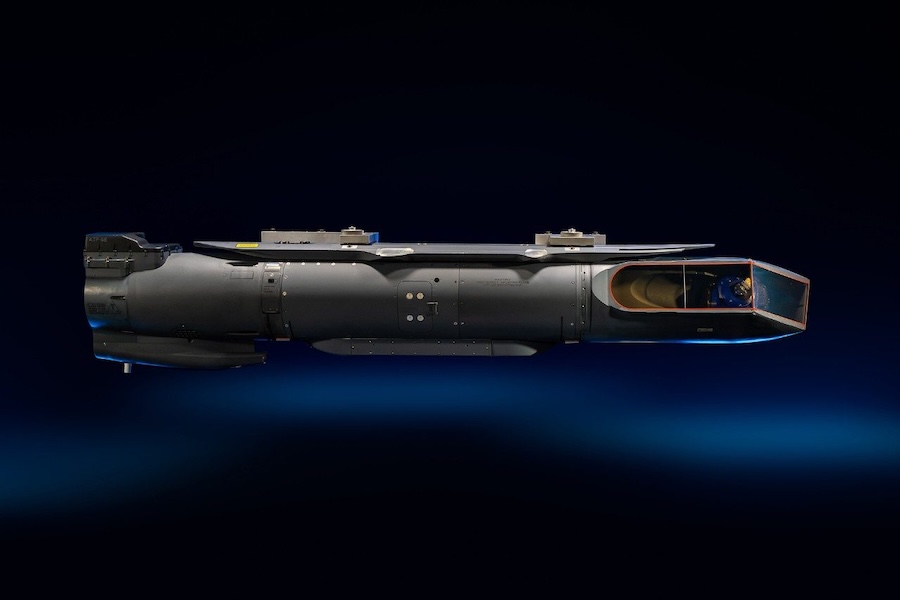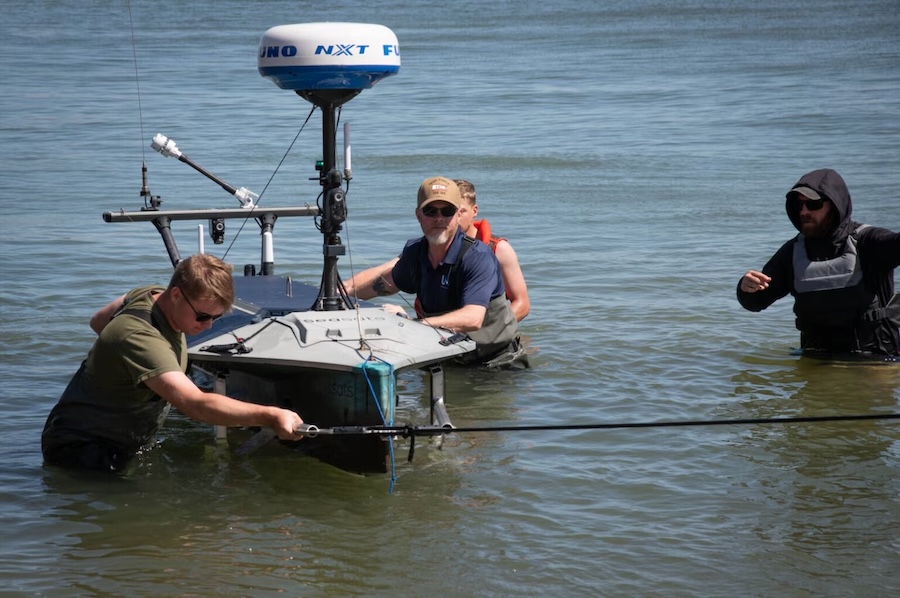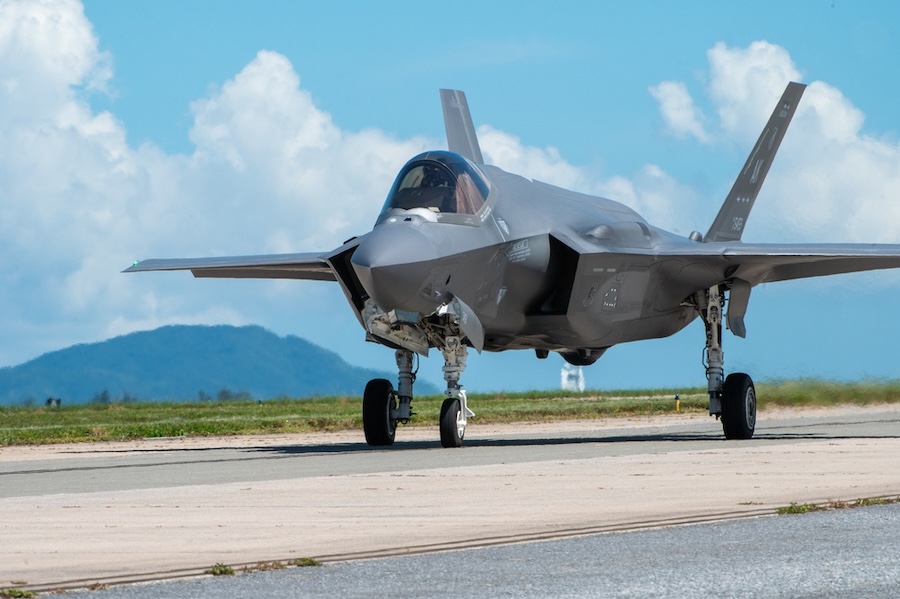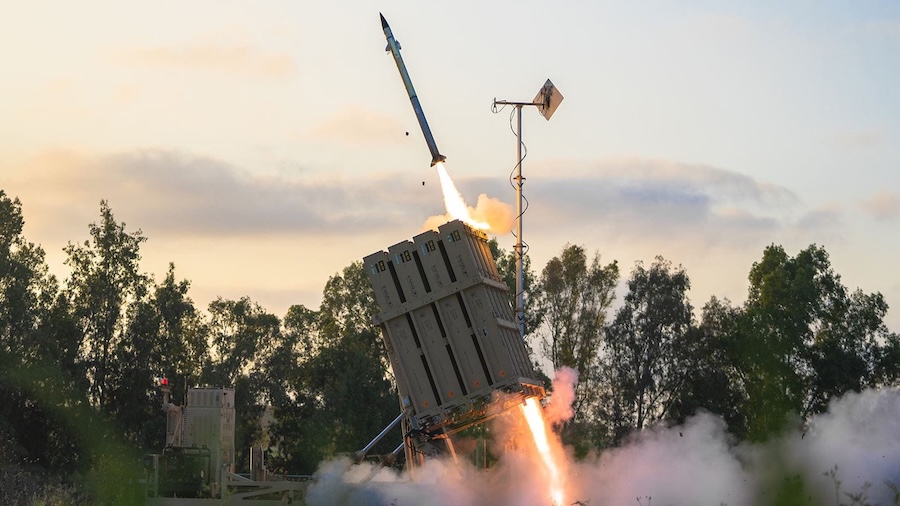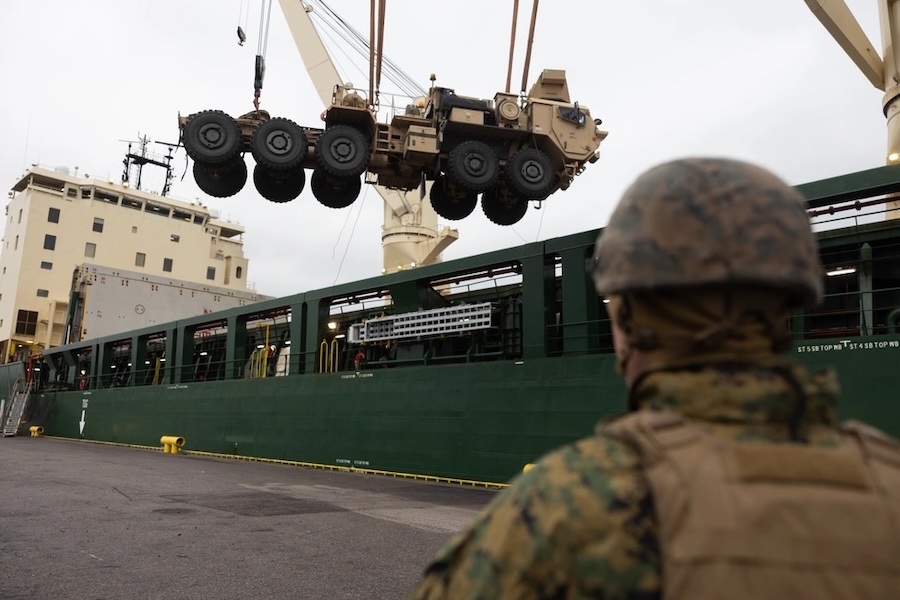“We are living in the most momentous and dangerous of times. I do not need to describe the grave nature of the threats that we face. Or the devastating consequences that we will have to endure if those threats would come to pass”. These were the words used in the press statement of Ursula von der Leyen at the beginning of March to announce the ReArm Europe Plan, which was later approved by the European Council.
Von der Leyen explained that the plan is based on public funding from the national budget, funded through debt. The plan is built on five key pillars. First, it emphasises fiscal flexibility by relaxing the Stability and Growth Pact. Second, it introduces a €150 billion SAFE Loan Scheme to support financial stability. Third, it promotes a smarter use of unspent EU funds to maximise resource efficiency. Fourth, it seeks to mobilise private capital, encouraging greater investment from non-public sources. Finally, it envisions a new role for the European Investment Bank (EIB) Group, enhancing its contribution. According to the EU Commissioner, ReArm Europe could potentially mobilise up to €800 billion. To activate States to respond effectively, the EU will propose to trigger the national escape clause of the Stability and Growth Pact and will provide a €150 billion loan facility from which Member States can target investments in critical defence capabilities. Thanks to these loans, they could buy new defence systems and ammunition, responding to their needs and necessities. The joint increase in demand will consequently foster a reduction in procurement costs. Von der Leyen stated that additional measures and incentives will be considered to support Member States in boosting investment in this area, including through cohesion policy programmes. The ReArm Europe can be twofold: on the one hand, the creation of favourable conditions for private capital to flow into the defence sector and, on the other hand, expansion of the European Investment Bank’s remit to include defence projects in the aim to bridge between public priorities and private enterprise. Among these goals is the willingness to reduce the gaps between the Member States by developing a shared understanding of the most urgent capability investments and priorities. It also seeks to create a long-term commitment and a clear agreement on the governance, alongside ensuring that States use the funds and incentives in the most efficient way.
The immediate reactions have been different among members of European Institutions. MEPs have criticised the Commission’s use of Art. 122 of the Treaty, which is broadly understood to provide a general solidarity clause for adopting measures in a crisis and gives the legal foundation for the measures proposed by the Commission (Dermine, 2024). The critique derives from the fact that the decision-making process has excluded the European Parliament. Furthermore, this article has been used in very few emergencies, such as the COVID-19 pandemic. According to some EP members, this bypassing is a mistake, as it lacks democratic legitimacy and might also affect the trust that the citizens – and the Member States – have in the Union’s actions. At the same time, other members agree with the necessity to act swiftly and quickly to reply to the situation.
NATO has called for increased defence spending from Allies, proposing a 30 per cent rise in capability targets – the range of forces and capabilities NATO deems essential for its mission – to strengthen its posture and modernise systems, with a focus on rebuilding an offensive arsenal for deterrence. The US supplies much of the battlefield ballistics, and its reduced interest in defending Allies that don’t meet spending thresholds may pose challenges. The 2% budget target is unmet by some countries, but ReArm Europe’s first pillar, linked to the Stability and Growth Pact, aims to raise the budget by 1.5% of GDP to help close the gap.
The ReArm Europe plan signals a significant shift in the EU’s approach to European defence, highlighting its serious consideration of eventually creating a single market for defence, which would also reflect a completely new approach to European security. Ultimately, ReArm Europe proposed joint actions and investments with the aim of not only helping Ukraine but also renovating the weaponry systems and infrastructures of European Countries and, consequently, enhancing their preparedness and responsiveness. This plan can be interpreted from different standpoints: a plan to increase deterrence against a potential aggressor, getting ready for a possible and inevitable war disguised as further aid to Ukraine, or just showing the US that the times in which its help was fundamental are gone, and Europe can – and should – stand for itself. To do so Europe is stepping up and take responsibility for its defence reducing dependence on American support and supply. “In an era in which threats are proliferating and systemic competition is increasing, Europe must be strategic in its response”
Source: Finabel – The European Land Force Commanders Organisation.


